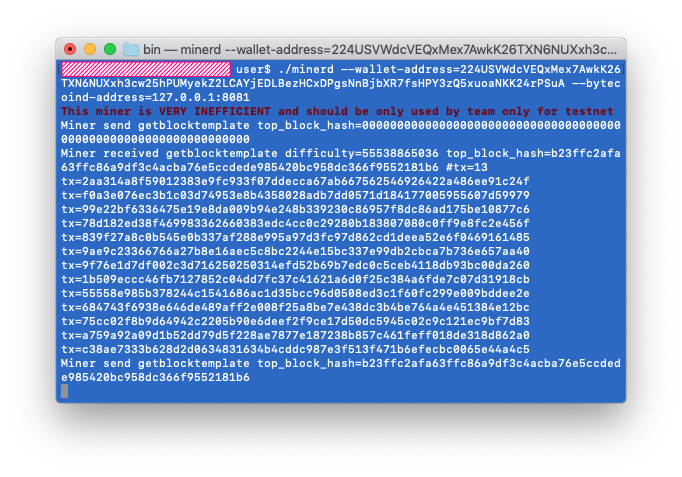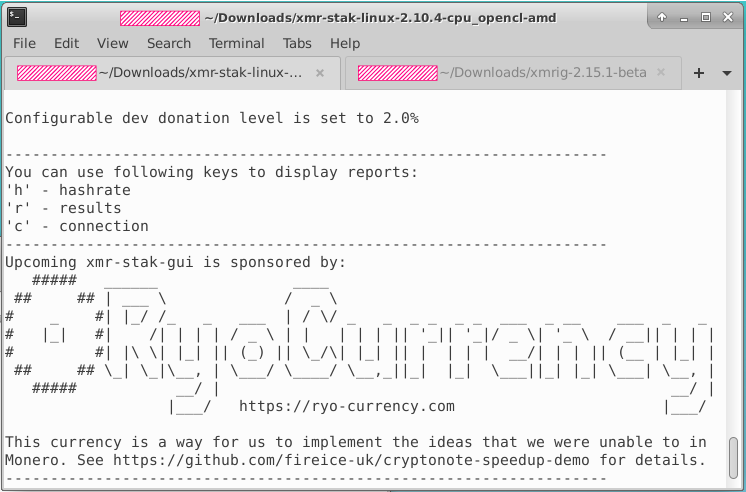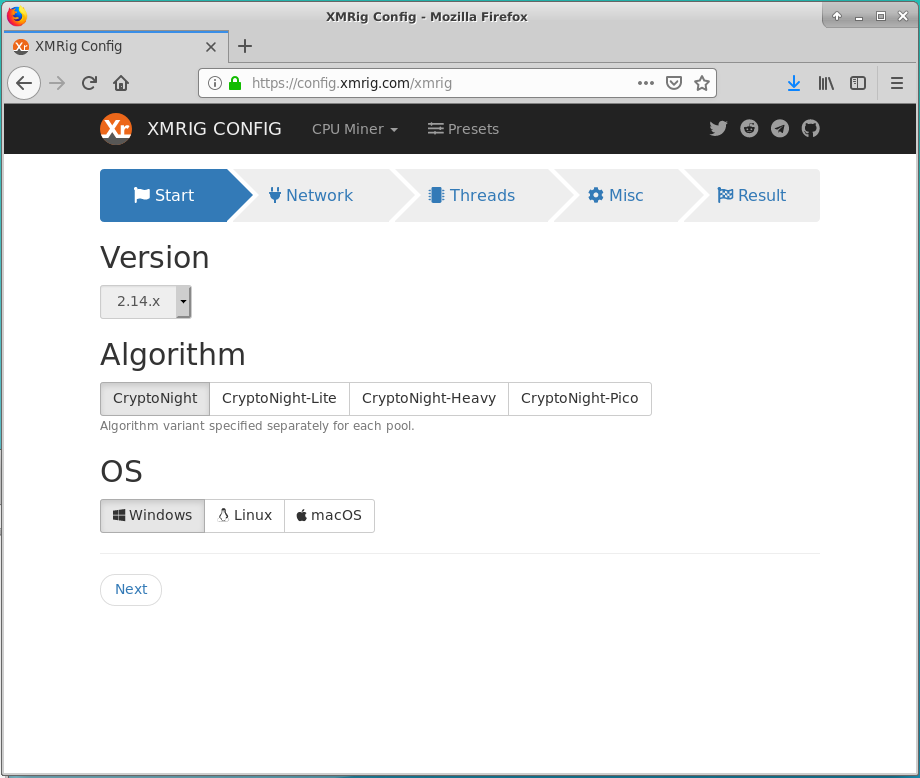Just like with any Proof-of-Work cryptocurrency, mining is the foundation of Bytecoin. It serves to discourage illegitimate overwriting of the blockchain by apportioning mined blocks with proof of a certain amount of computational work. While debates over the pros and cons of Proof-of-Work and Proof-of-Stake persist, mining is still a working solution to a modern technological challenge. In this article we will enumerate the different ways Bytecoin can be mined and take a look at the technological backdrop of each method.
Mining with a Bytecoin daemon
To start with, there is a mining option that has a dedicated purpose - technical testing. With the release of Bytecoin 3.4.1, the Bytecoin devs have included minerd - a Bytecoin mining daemon. This is a simple CPU mining software that is not the most efficient, but serves its purpose. In order to launch minerd, do the following:
While pointing the CLI to the folder with bytecoin daemons, launch bytecoind:
./bytecoind
After that launch minerd, mentioning the wallet address and the address on which bytecoind runs in the arguments:
./minerd --wallet-address=<your wallet address> --bytecoind-address=127.0.0.1:8081
The software will start mining straight away:

Third-party tools
When it comes to third-party tools, there are two prominent options, XMRig and XMR-Stak. These community-built tools are used by miners all over the world to mine various CryptoNote currencies. While the tools are not difficult to use at all, they can be recommended to users that are familiar with command-line interface.
The differences between the tools come not in the general workflow, but rather in nuances of use. XMR-Stak supports more interpretations of the CryptoNote algorithm, has more customization options, and feature a quite functional web-interface for observing mining status. XMRig, on the other hand, is somewhat more limited feature-wise, but can be better integrated with OS, has a clearly-labeled command-line output and an excellent web interface to create a configuration file
Here is how to start using these tools:
The tools can be downloaded from the corresponding Releases pages of their GitHub repositories: XMRig and XMR-Stak. Both pieces of software are used by specifying the pool coordinates and pool settings in the settings file in the directory of the software and then launching these programs via command-line.
XMR-Stak:
1. Navigate to the directory with the software. cd command can be used for this task like this:
cd <path to the software> cd home/user/Downloads
2. Launch XMR-Stak via command line. On Linux this can be done from the current folder like this:
./xmr-stak

3. XMR-Stak will guide you through the introductory procedure, asking for some initial information. Enter your answers in the command line and submit them by hitting Enter. Let’s configure the software to mine to bytecoin-pool.org for us:
Use simple setup method? (Y/n)
y
- Please enter the currency that you want to mine:
cryptonight
- Pool address: e.g. pool.example.com:3333
pool.bcn.fairhash.org:3333
- Username (wallet address or pool login):
<your mining address goes here>
- Password (mostly empty or x):
x
Use simple setup method? (Y/n)
y
- Does this pool port support TLS/SSL? Use no if unknown. (y/N)
n
The software will greet the user with the welcome screen and start mining:

If a user wants to add more mining pools or adjust their mining settings, they can edit the corresponding text file in the software location: config.txt for general settings, cpu.txt for processor core utilization settings and pools.txt for pool information.
XMRig:
The first two steps of launching XMRig are identical to those of XMR-Stak and are actually all that is necessary to start mining. In order to edit the pool list and mining settings, one can revise config.json in the software folder. If the user has not edited a JSON file before, there is a handy web tool to do it for them:

Additional options for the above-mentioned pieces of software can be explored by adding the --help argument to their call:
./xmr-stak --help ./xmrig --help
Cloud mining
This article would be incomplete without mentioning cloud mining, a technology that has gained some attention in the past few years. At the outset, cloud mining looked like an effective business solution and convenient mining option. A user could rent mining power for a fixed fee and mine without having to buy expensive mining equipment, and businesses had a predictable monetization model to rely on. However, it appears that most cloud mining operations have not been able to maintain profitability in the long term. We don’t know of any reliable cloud mining solutions for the cryptonote protocol yet.
Mining plays a vital role in the maintenance of all cryptocurrencies and is an integral feature of the new distributed economy. We are thankful to all miners and contributors aiding Bytecoin’s development every day with their efforts. We want to remind everyone to update Bytecoin software in a timely manner as this improves network health and makes new features available.
